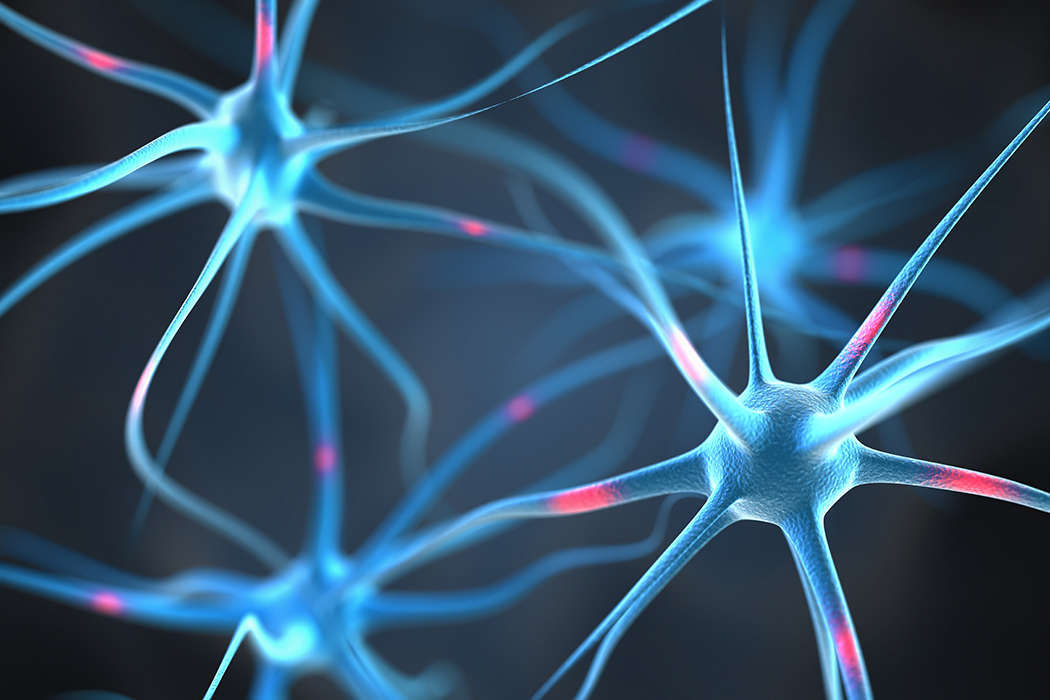Can early utilisation of AI de-risk and accelerate clinical development for drug developers? Recent announcements suggest large pharma companies are betting big on AI. AstraZeneca recently announced a $247 million deal with an AI vendor to support identifying new oncology drug candidates[1]. Sanofi has announced a collaboration with two separate AI vendors, worth up to $1 billion[2] and $140 million to ‘accelerate discovery of biotherapeutics’[3] and discover small molecule drug candidates. Merck has gone one step further and are developing their own AI SaaS solution to accelerate drug development[4].
Simbec-Orion recently announced its partnership with biotx.ai, the first company to apply causal modelling in drug development at scale. Simbec-Orion and biotx.ai recognised there was an opportunity to help small to mid-sized biotech companies utilise supplementary AI data to de-risk their clinical development by combining their expertise and over 25 years of clinical development experience.
We invited CEO of Simbec-Orion, Fabrice Chartier, and CEO of biotx.ai, Joern Klinger, to discuss how early utilisation of AI could help de-risk and accelerate clinical development, and where drug developers should start when considering adding AI to their clinical development strategy. You can watch the fireside chat on demand now, or read our blog series to catch up on the discussion.
In this post, we are looking at what AI-enabled causal modelling is, how it is different from other models, where you might want to start if considering AI in your clinical development plans, and if there is an opportune time to implement AI into your strategy.
What is ‘AI-enabled causal modelling’ and how is it different?
Machine learning and AI are based on statistical modelling. Most statistics are concerned with correlations – there is a familiar phrase that states ‘correlation does not mean causation’. Causal inference is the type of statistics that goes after causation, proving that A causes B. The answers we get from causal modelling are more precise and more actionable than those based on correlations, and this is important in the field of drug development, where the lives and well-being of patients are at stake.
Where do you start if you’re considering adding AI to your clinical development plans?
There are a lot of AI vendors offering supplementary data, but it is most useful when used to support specific goals. This is where the experience of biotx.ai and Simbec-Orion can help, by advising on the most effective use of AI to support your objectives. It is important to see AI as a tool, which will be most effective when used by an experienced team.
Some vendors can be vague about how their models generate data, which is something causal modelling does not suffer from. biotx.ai’s causal modelling doesn’t suffer from the ‘black box problem’, which is where AI models can lose track of inputs (or not track them at all), leading to a knowledge gap as to why the data generated the result that it did. That’s a key reason why drug developers and CROs trust us.
How does AI-enabled causal modelling de-risk clinical trials?
In drug development, causal modelling essentially mimics Randomized Clinical Trials (RCTs), the gold standard. In Randomized Clinical Trials, the patients are split up into the group that receives the drug and the placebo group. Then clinical endpoints and disease-causing biomarkers are measured in both groups and if there’s a significant difference in the right direction, we can infer that the treatment works.
In causal modelling, we mimic RCTs in retrospective genetic and biomedical data. Instead of assigning patients to drug and placebo groups, we assign them based on the variant of the drug target gene that they carry – if they carry a risk variant for the diseases of interest, that’s analogous to being in the placebo group. If they don’t carry the risk-variant, that is analogous to being in the treatment group. Like in RCTs, we compare both groups with regard to the clinical endpoint and the disease-causing biomarkers. If there is a big enough difference, we can infer that a drug which targets the drug target gene can, so to speak, turn the placebo group into the treatment group and thus treat the disease.
While this doesn’t replace prospective clinical trials, it has many advantages:
- It is fast
- The sample sizes are very large, utilising our biobank with over 3 million patients including their genomes, bloodwork, and medical history
- It is much more economical than RCTs.
- It causally explains the biology behind the drug, mechanism, and disease, e.g., the drug causes LDL-cholesterol to go down, which in turn causes patients to have fewer hard attacks.
- Finally, it integrates well into traditional workflows and RCTs.
Is there an optimal time during the drug development process to implement causal modelling to get the best return on investment?
AI-enabled causal modelling can support in a few different ways depending on your development stage. There is value in supplementary data across all stages of clinical development, which can be tailored to your specific project goals.
biotx.ai’s models use a large quantity of human genetic data, which means they are much better predictors of phase II success than animal models. Most of our clients have completed a phase I trial and are looking to use causal modelling to predict whether their drug will perform in a phase II trial, which is helpful when raising funds.
To expand on this, some clients approach us very early, where they have a molecule, but not all of their pre-clinical data. We can then find out if their drug will show efficacy in a phase II trial, which is essential to finding investors.
Can causal modelling support clinical trial design?
Causal modelling can help ensure you have selected the most effective clinical trial design for your indication, which is where our partnership with Simbec-Orion can add additional value. Simbec-Orion can use the supplementary data available through causal modelling to create a bespoke, highly tailored clinical strategy which will have enough statistical power to deliver results.
Can causal modelling be used for phase III studies or marketed drugs?
The same process we use for predicting outcomes at phase II also works well for phase III clients, just on a larger scale. For drugs that are already on the market, we can help identify additional indications that the drug can be repurposed for. Our AI allows us to identify all mechanisms that the drug can causally affect and, in turn, all diseases that it can treat.
Our next blog will discuss how AI can demonstrate value to investors, how regulators are responding, and how AI could disrupt the clinical development landscape.
Frequently Asked Questions:
01. What is AI-enabled causal modelling, and how does it differ from traditional AI?
AI-enabled causal modelling is a type of AI that goes beyond identifying patterns (correlation) and instead proves cause-and-effect relationships. This is crucial in drug development, where it’s important to know that a treatment actually causes a health improvement, not just that it’s associated with one.
02. How can AI-enabled causal modelling reduce risk in clinical trials?
Causal modelling uses genetic and biomedical data to simulate clinical trial conditions, predicting how a drug will perform before real-world testing. It can identify likely responders, clarify mechanisms of action, and reduce costly trial failures, especially in early-stage development or Phase II planning.
03. Is AI a cost-effective solution for small or mid-sized biotech companies?
AI-enabled causal modelling can offer budget-conscious biotech companies a faster and more targeted way to make data-driven decisions, potentially reducing costly trial failures.
04. Can AI support drug repurposing by identifying new indications?
Absolutely. Causal modelling can uncover additional diseases that an existing drug could treat by analysing how it affects different biological pathways. This opens up new commercial opportunities and shortens the path to market by using already-approved molecules.
05. What kind of data does causal modelling require to be effective?
Causal modelling typically relies on large-scale genomic and biomedical datasets, such as biobank data containing patient genomes, blood tests, and medical histories. These datasets allow the AI to simulate drug effects across millions of virtual patients.
How does AI fit into existing clinical development workflows?
Causal modelling is designed to complement traditional development workflows, providing supplementary data and insights without disrupting existing processes.
[1] Paul Taylor, N. (2023) AstraZeneca types up $247M, AI-enabled oncology antibody design pact, joining Absci’s list of pharma allies, Fierce Biotech https://www.fiercebiotech.com/biotech/astrazeneca-inks-247m-ai-enabled-oncology-antibody-design-pact-joining-abscis-list-pharma
[2] Shah-Neville, W., (2023) ‘How French pharma giant Sanofi is betting big on AI’, Labiotech, 2 November https://www.labiotech.eu/in-depth/sanofi-ai-deals/
[3] https://www.fiercebiotech.com/biotech/sanofi-spins-ai-pact-inking-140m-deal-apply-aqemias-physics-algorithms-drug-discovery
[4] Merck, ‘AIDDISON: Harnessing generative AI to revolutionise drug discoveries’ https://www.merckgroup.com/en/research/science-space/envisioning-tomorrow/future-of-scientific-work/aiddison.html






